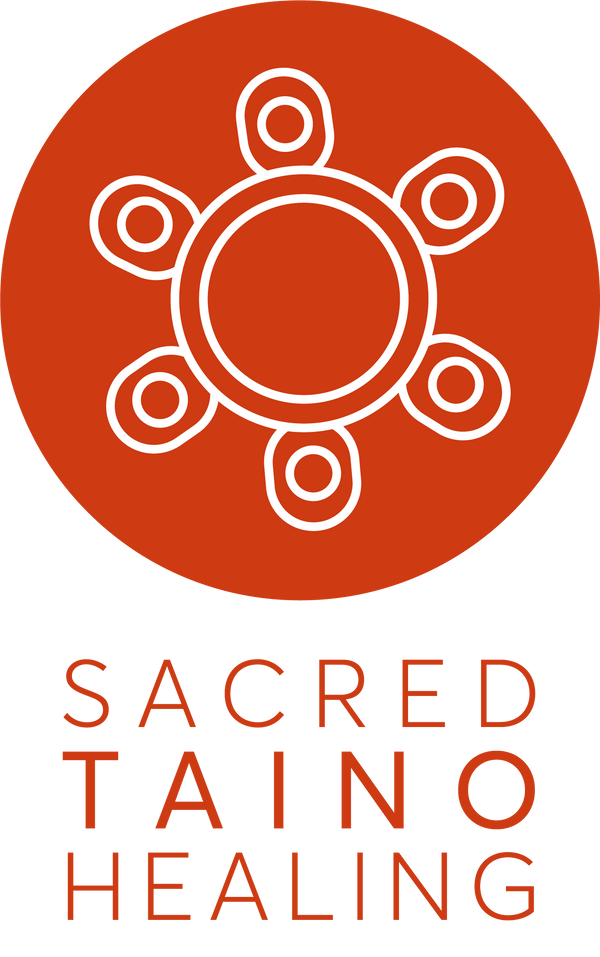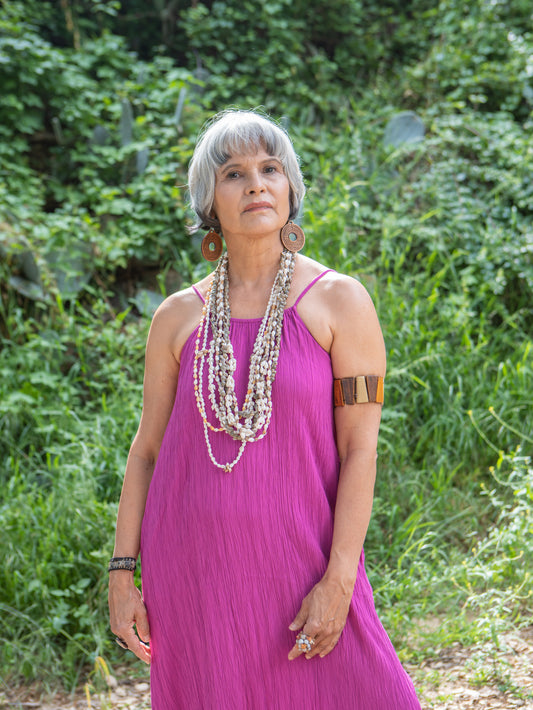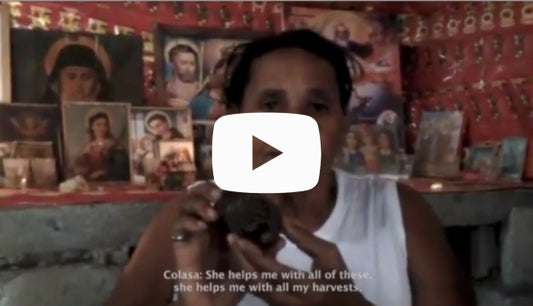
The year was 1987 when Bernardo Vega published his book, "Saints, Shamans, and Zemies." I was in my late twenties, living with a great hunger to find traces of my Taino ancestors in the countryside of Kiskeya. A chapter of this book, supported by previous research by Manolito García Arévalo, opened new paths for me.
Guided by this reference, one morning, I left for the community of female potters in Higüerito, near the town of Moca. After asking for directions along the way– there was no GPS then– I arrived at this secluded place. The women were in a traditional dwelling, halfway between a bojío and an enrramá, built with yaguas and palm branches. I entered the site, and two women sitting on the floor working the clay greeted me with a smile.
After introducing myself, I sat next to them and told them about the purpose of my visit. We started a conversation about clay and ceramics, and I was glad they knew they were perpetuating a Taino tradition. I spent the rest of the day with them, watching them work and learning about the process.
I remember that day they were making pots to soften the beans. They used the traditional indigenous technique of rolls to lift them and smooth them in several stages, first using a piece of gourd, then their hands, a damp cloth, and to give them the final finish, a stone to burnish. When the pots were dry, they fired them in a wood-fired oven built in the bojío/enrramá. They were reddish, and in some places, there were black spots acquired during firing. The Taino symbols were no longer present.
When I said goodbye, I carried several pots to soften beans and use them for other purposes in my daily food preparation.
Many years later, I came across an article by Jorge Ulloa Hung called "Indigenous Legacy: Ceramics and Crafts in the Dominican Republic", published in 2018. Ulloa interviews one of these pottery women from Higüerito. She had been a potter through generational transmission in her maternal line since she was twelve years old. This woman was already 70 years old, was the only one still making this type of Creole pottery of Taino references, and she was retiring. Not a single person in the younger generations continued this tradition, which was about to disappear due to a lack of support and modernity.
After telling you this cuento, I take the opportunity to say that, like this one, dozens of other indigenous and African traditions are becoming extinct from our cultural heritage for similar reasons. I make a call to reflect on the importance of keeping alive these memories that are part of our identity. We again find one more example of indifference towards our ancestral legacies: the lack of programs that rescue, value, and sustainably promote these indigenous traditions. In the case that I have illustrated today, I believe in the need to return ancestral clay and ceramics to the hands of the rural women, the original bearers, so that they can continue to create what we were, what we are, and what we can continue to be for infinite generations.
Sending love your way, my dear community,
Akutu Irka
Photo Credit: Catálogo de Artesania Dominicana; pottery by the women of Higüerito


